Travelers 2007 Annual Report Download - page 170
Download and view the complete annual report
Please find page 170 of the 2007 Travelers annual report below. You can navigate through the pages in the report by either clicking on the pages listed below, or by using the keyword search tool below to find specific information within the annual report.-
 1
1 -
 2
2 -
 3
3 -
 4
4 -
 5
5 -
 6
6 -
 7
7 -
 8
8 -
 9
9 -
 10
10 -
 11
11 -
 12
12 -
 13
13 -
 14
14 -
 15
15 -
 16
16 -
 17
17 -
 18
18 -
 19
19 -
 20
20 -
 21
21 -
 22
22 -
 23
23 -
 24
24 -
 25
25 -
 26
26 -
 27
27 -
 28
28 -
 29
29 -
 30
30 -
 31
31 -
 32
32 -
 33
33 -
 34
34 -
 35
35 -
 36
36 -
 37
37 -
 38
38 -
 39
39 -
 40
40 -
 41
41 -
 42
42 -
 43
43 -
 44
44 -
 45
45 -
 46
46 -
 47
47 -
 48
48 -
 49
49 -
 50
50 -
 51
51 -
 52
52 -
 53
53 -
 54
54 -
 55
55 -
 56
56 -
 57
57 -
 58
58 -
 59
59 -
 60
60 -
 61
61 -
 62
62 -
 63
63 -
 64
64 -
 65
65 -
 66
66 -
 67
67 -
 68
68 -
 69
69 -
 70
70 -
 71
71 -
 72
72 -
 73
73 -
 74
74 -
 75
75 -
 76
76 -
 77
77 -
 78
78 -
 79
79 -
 80
80 -
 81
81 -
 82
82 -
 83
83 -
 84
84 -
 85
85 -
 86
86 -
 87
87 -
 88
88 -
 89
89 -
 90
90 -
 91
91 -
 92
92 -
 93
93 -
 94
94 -
 95
95 -
 96
96 -
 97
97 -
 98
98 -
 99
99 -
 100
100 -
 101
101 -
 102
102 -
 103
103 -
 104
104 -
 105
105 -
 106
106 -
 107
107 -
 108
108 -
 109
109 -
 110
110 -
 111
111 -
 112
112 -
 113
113 -
 114
114 -
 115
115 -
 116
116 -
 117
117 -
 118
118 -
 119
119 -
 120
120 -
 121
121 -
 122
122 -
 123
123 -
 124
124 -
 125
125 -
 126
126 -
 127
127 -
 128
128 -
 129
129 -
 130
130 -
 131
131 -
 132
132 -
 133
133 -
 134
134 -
 135
135 -
 136
136 -
 137
137 -
 138
138 -
 139
139 -
 140
140 -
 141
141 -
 142
142 -
 143
143 -
 144
144 -
 145
145 -
 146
146 -
 147
147 -
 148
148 -
 149
149 -
 150
150 -
 151
151 -
 152
152 -
 153
153 -
 154
154 -
 155
155 -
 156
156 -
 157
157 -
 158
158 -
 159
159 -
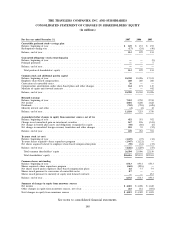 160
160 -
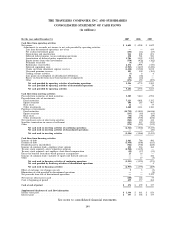 161
161 -
 162
162 -
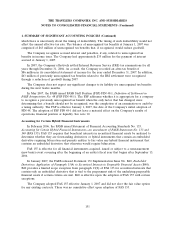 163
163 -
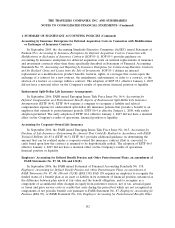 164
164 -
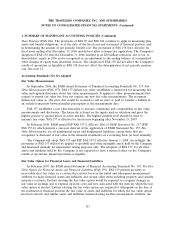 165
165 -
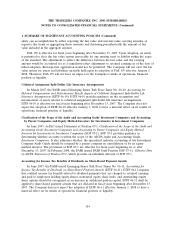 166
166 -
 167
167 -
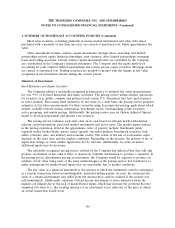 168
168 -
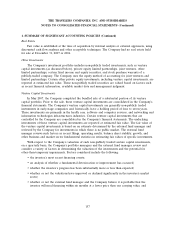 169
169 -
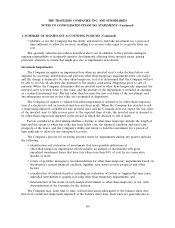 170
170 -
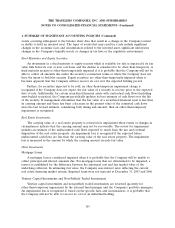 171
171 -
 172
172 -
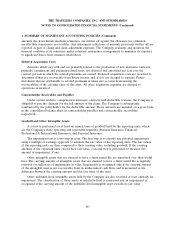 173
173 -
 174
174 -
 175
175 -
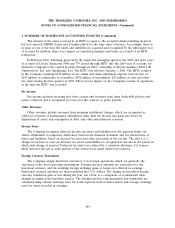 176
176 -
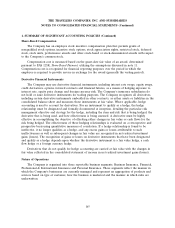 177
177 -
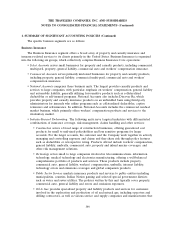 178
178 -
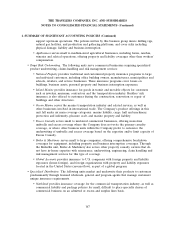 179
179 -
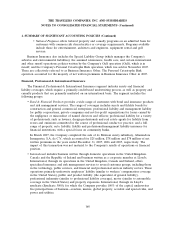 180
180 -
 181
181 -
 182
182 -
 183
183 -
 184
184 -
 185
185 -
 186
186 -
 187
187 -
 188
188 -
 189
189 -
 190
190 -
 191
191 -
 192
192 -
 193
193 -
 194
194 -
 195
195 -
 196
196 -
 197
197 -
 198
198 -
 199
199 -
 200
200 -
 201
201 -
 202
202 -
 203
203 -
 204
204 -
 205
205 -
 206
206 -
 207
207 -
 208
208 -
 209
209 -
 210
210 -
 211
211 -
 212
212 -
 213
213 -
 214
214 -
 215
215 -
 216
216 -
 217
217 -
 218
218 -
 219
219 -
 220
220 -
 221
221 -
 222
222 -
 223
223 -
 224
224 -
 225
225 -
 226
226 -
 227
227 -
 228
228 -
 229
229 -
 230
230 -
 231
231 -
 232
232 -
 233
233 -
 234
234 -
 235
235 -
 236
236 -
 237
237 -
 238
238 -
 239
239 -
 240
240 -
 241
241 -
 242
242 -
 243
243 -
 244
244 -
 245
245 -
 246
246 -
 247
247 -
 248
248 -
 249
249 -
 250
250 -
 251
251 -
 252
252 -
 253
253 -
 254
254 -
 255
255 -
 256
256 -
 257
257 -
 258
258 -
 259
259 -
 260
260 -
 261
261 -
 262
262 -
 263
263 -
 264
264 -
 265
265 -
 266
266 -
 267
267 -
 268
268 -
 269
269 -
 270
270 -
 271
271 -
 272
272 -
 273
273 -
 274
274 -
 275
275 -
 276
276 -
 277
277 -
 278
278 -
 279
279 -
 280
280
 |
 |
THE TRAVELERS COMPANIES, INC. AND SUBSIDIARIES
NOTES TO CONSOLIDATED FINANCIAL STATEMENTS (Continued)
1. SUMMARY OF SIGNIFICANT ACCOUNTING POLICIES (Continued)
• whether or not the Company has the ability and intent to hold the investment for a period of
time sufficient to allow for recovery, enabling it to receive value equal to or greater than our
cost.
The quarterly valuation procedures described above are in addition to the portfolio managers’
ongoing responsibility to frequently monitor developments affecting those invested assets, paying
particular attention to events that might give rise to impairment write-downs.
Investment Impairments
The Company recognizes an impairment loss when an invested asset’s value declines below cost,
adjusted for accretion, amortization and previous other-than-temporary impairments (new cost basis),
and the change is deemed to be other-than-temporary, or if it is determined that the Company will not
be able to recover all amounts due pursuant to the issuer’s contractual obligations prior to sale or
maturity. When the Company determines that an invested asset is other-than-temporarily impaired, the
invested asset is written down to fair value, and the amount of the impairment is included in earnings
as a realized investment loss. The fair value then becomes the new cost basis of the investment, and
any subsequent recoveries in fair value are recognized at disposition.
The Company recognizes a realized loss when impairment is deemed to be other-than-temporary
even if a decision to sell an invested asset has not been made. When the Company has decided to sell
a temporarily impaired available-for-sale invested asset and the Company does not expect the fair value
of the invested asset to fully recover prior to the expected time of sale, the invested asset is deemed to
be other-than-temporarily impaired in the period in which the decision to sell is made.
Factors considered in determining whether a decline is other-than-temporary include the length of
time and the extent to which fair value has been below cost, the financial condition and near-term
prospects of the issuer, and the Company’s ability and intent to hold the investment for a period of
time sufficient to allow for any anticipated recovery.
The Company’s process for reviewing invested assets for impairments during any quarter includes
the following:
• identification and evaluation of investments that have possible indications of
other-than-temporary impairment, which includes an analysis of investments with gross
unrealized investment losses that have fair values less than 80% of cost for six consecutive
months or more;
• review of portfolio manager(s) recommendations for other-than-temporary impairments based on
the investee’s current financial condition, liquidity, near-term recovery prospects and other
factors;
• consideration of evidential matter, including an evaluation of factors or triggers that may cause
individual investments to qualify as having other-than-temporary impairments; and
• determination of the status of each analyzed investment as other-than-temporary or not, with
documentation of the rationale for the decision.
The Company may, from time to time, sell invested assets subsequent to the balance sheet date
that were considered temporarily impaired at the balance sheet date. Such sales are generally due to
158
